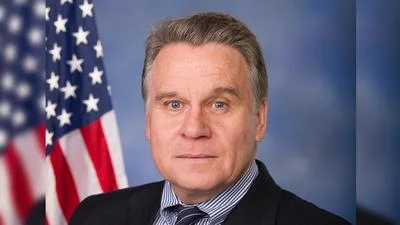The Congressional Record is a unique source of public documentation. It started in 1873, documenting nearly all the major and minor policies being discussed and debated.
“INTRODUCTION OF THE RURAL WIND ENERGY EXPANSION ACT OF 2014” mentioning the U.S. Dept. of Energy was published in the Extensions of Remarks section on pages E864-E865 on May 29, 2014.
The publication is reproduced in full below:
INTRODUCTION OF THE RURAL WIND ENERGY EXPANSION ACT OF 2014
_____
HON. EARL BLUMENAUER
of oregon
in the house of representatives
Thursday, May 29, 2014
Mr. BLUMENAUER. Mr. Speaker, today, I am introducing the ``Rural Wind Energy Development Act,'' to provide an investment tax credit to ranchers, farmers, and small businesses to offset the up-front costs of owning a distributed wind turbine. I am pleased to again be working with my friend Congressman Cole of Oklahoma in offering this modest expansion of current law that will keep small business energy jobs growing across the United States.
Distributed wind systems are electric generators that produce up to 20 megawatts of clean and renewable energy for homes, farms, and small businesses. With these turbines, individuals can generate their own power, often independent from the electric grid. These wind turbines allow farmers, ranchers, and other consumers to cut their energy bills and, at times, sell power back into the grid. They also allow thousands of businesses--from ``mom and pop'' stores, to retailers, to ranches, and to breweries--to reduce their energy load, to help clean the environment, and to save money. All you need is pretty good wind and a little land.
At best there has been unsteady federal support for distributed wind systems and there has been no federal tax support until the past several years.
In many cases, this is not only American produced electricity, but American manufactured electricity as well. Approximately 90 percent of distributed wind turbines sold in the U.S. are made here, according to domestic manufacturing content.
My bill also supports locally owned, or ``community,'' wind power. The Department of Energy's national laboratories estimate that community wind generates a strong economic multiplier for local communities, helping rural areas rebound from challenging economic times.
The federal Production Tax Credit, PTC, applies mainly to large utility-scale wind projects, not to individuals who install their own wind systems for on-site power. The existing investment credit, which may be taken in lieu of the PTC, has worked very well. My legislation provides an additional option and bars taking a double-benefit from these tax supports. This additional tool will provide stability and certainty for the distributed wind market to unlock the necessary investment to grow our global leadership role in distributed wind power. It will also help farmers, consumers, and businesses afford pollution-free energy.
This legislation strikes the existing 100 kilowatt nameplate limitation for small wind systems, and expands the maximum wind turbine size to 20 megawatts, in line with the Federal Energy Regulatory Commission definition of distributed wind power. Other agencies depend on this figure as a cut off between smaller-scale or ``community'' wind power and larger wind farms. There is no similar cap for solar, and, as the community wind industry grows and produces jobs, so should the opportunity for projects that still meet the threshold for distributed wind.
I hope my colleagues will join me in supporting this important policy to promote wind power, which produces no harmful greenhouse gas emissions, involves no environmentally damaging natural resource extraction, and is made right here in America.
____________________








